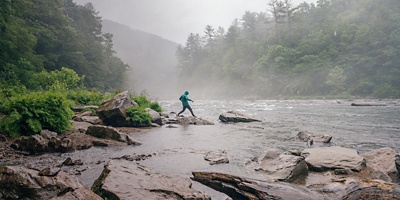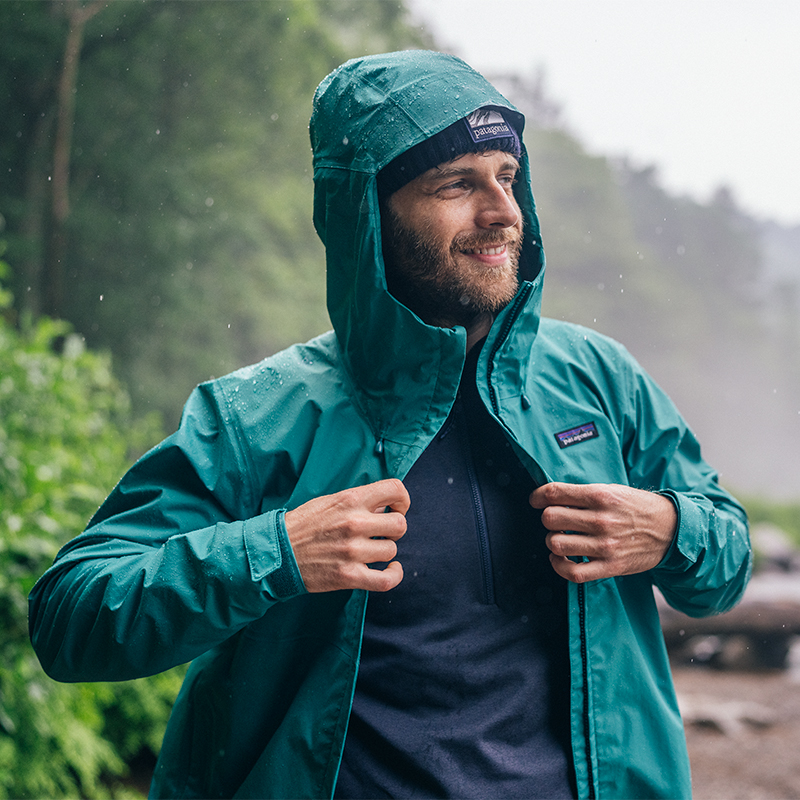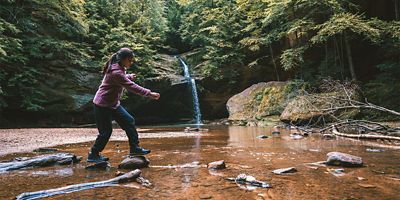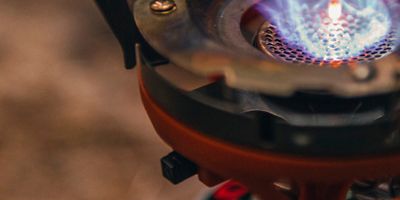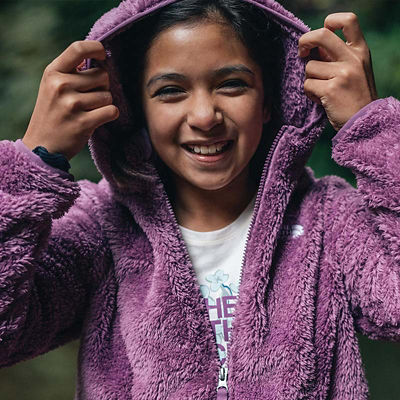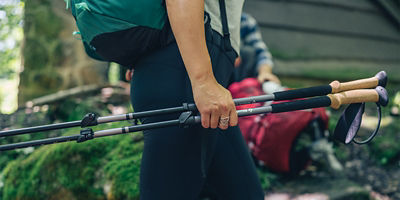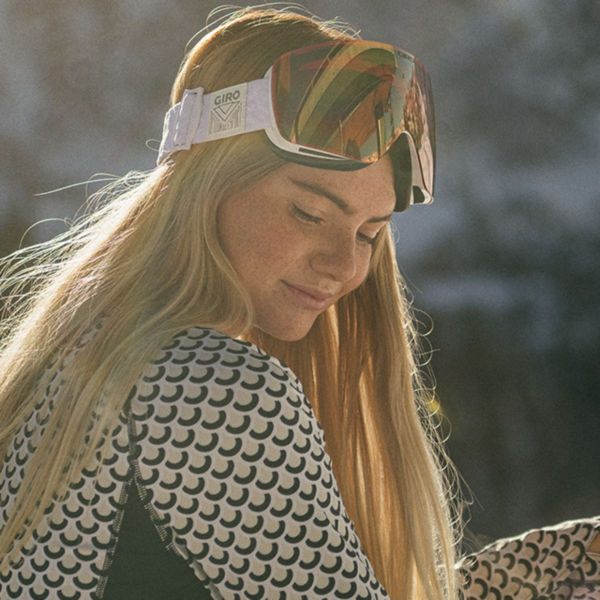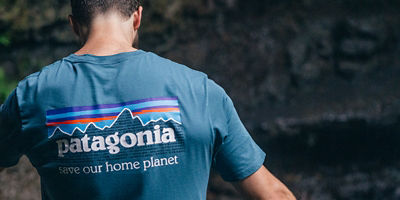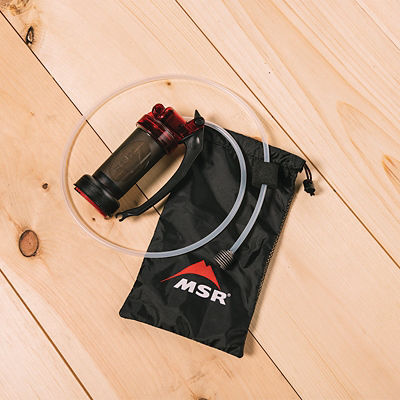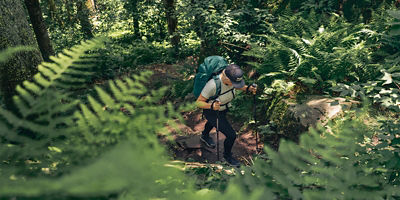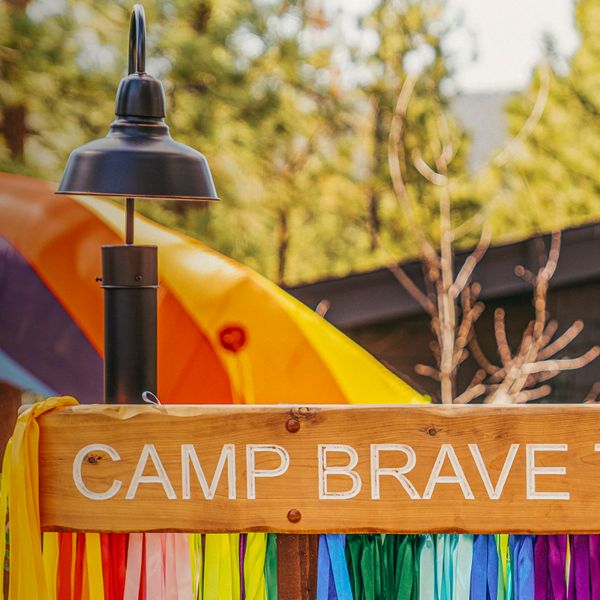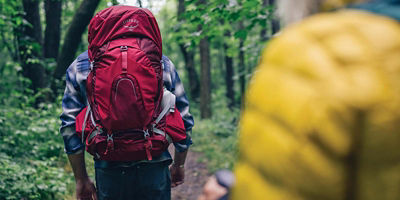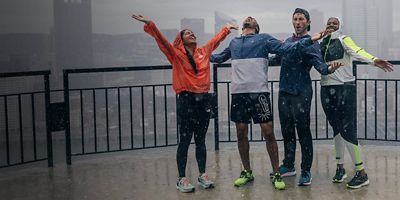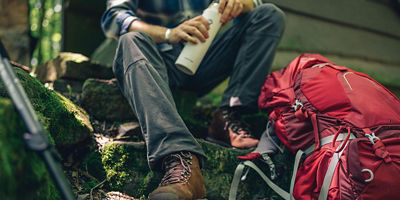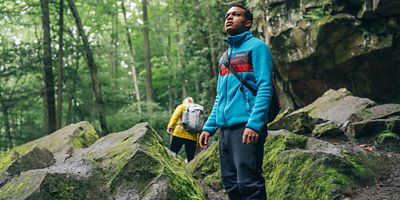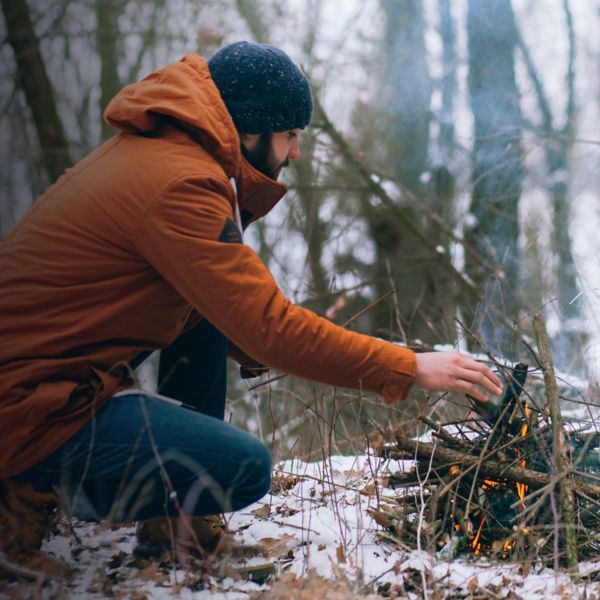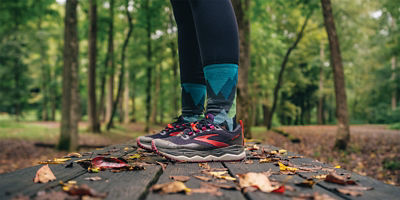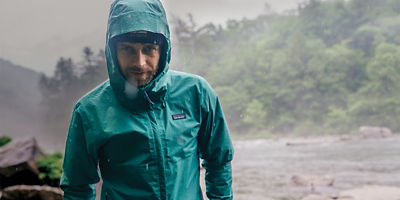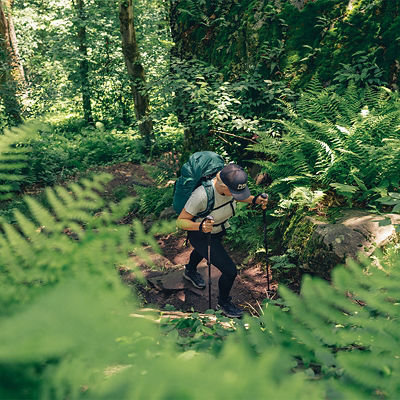Spend enough time on the trails, and you’re bound to run into a little rain—if not a biblical deluge. That doesn’t mean your outing is over; with the right rainwear, you’ll be able weather any storm. Rain jackets (also called shells) are designed to keep precipitation out while also allowing some of your body heat to escape, keeping you dry and comfortable.
And there’s a reason rainwear is considered part of the National Park Service’s 10 Essentials. Getting soaked in the backcountry is more than uncomfortable—in poor conditions, it can quickly lead to hypothermia, which can be life threatening. Unexpected precipitation is always a possibility, so anyone who’s traveling outdoors for more than a few hours should carry waterproof gear, just in case.
There are lots of different rain jackets out there, which vary widely in terms of waterproofness, durability, breathability, and weight. Not every shell is ideal for every outdoor enthusiast, though. Here’s how to choose the best one for you.
More Than One Way to Waterproof
Any piece of rain gear will employ one of the following technological approaches to keeping you dry.
DWR treatment
Some types of shells and pants aren’t technically waterproof, but they deserve a mention here. Softshells, windshells, and hybrid shells (usually made with some waterproof sections and some softshell sections) aren’t meant to protect you from relentless rain, but they’ll handle light precipitation and wind. They get their water resistance from a durable water repellent (DWR) coating, which is a chemical treatment that helps water bead up on the outside of the jacket. Some jackets also use a tighter weave to add to their weather protection.
Water-resistant rainwear is more breathable than something fully waterproof, so it’s great for all-day wear, particularly in alpine environments or in the winter. And windshells in particular are often ultralight, reducing your gear load. Downside: It won’t get the job done if that sprinkle turns into real rain.
Waterproof coatings
Some rain gear draws on a thin chemical coating applied to the fabric for waterproofness. This style is much more affordable than the most technical rain jackets, and sometimes lighter. But it’s also much less breathable, and less durable, than more expensive options. Coated rain gear can be a good choice for someone who needs a just-in-case jacket for surprise storms, or for low-key activities (like hanging around camp), rather than someone who expects to spend the day working hard out in the rain.
Waterproof-breathable membranes
The highest-tech option available, waterproof-breathable membranes (also called laminates) are ultrathin films that keep rain out, but also allow body heat and sweat vapor to escape. This porous quality prevents wetting out with your own sweat from the inside out, making it more comfortable to wear for extended periods. This type of rainwear uses several different constructions: Some of the most common jackets sandwich the membrane between a face fabric and a protective inner layer or pattern. A few brands have also figured out how to place the membrane on the outside of the shell (like Columbia’s OutDry fabric). Gore-Tex is probably the most famous technology in this category, but there are quite a few other options on the market, including Pertex, eVent, and NeoShell.
Jackets with waterproof-breathable membranes are (relatively) breathable, durable, and highly protective, making them great for anyone spending a lot of time exploring the outdoors. Trade-offs: They’re the most expensive options, and some can be fairly heavy and bul

